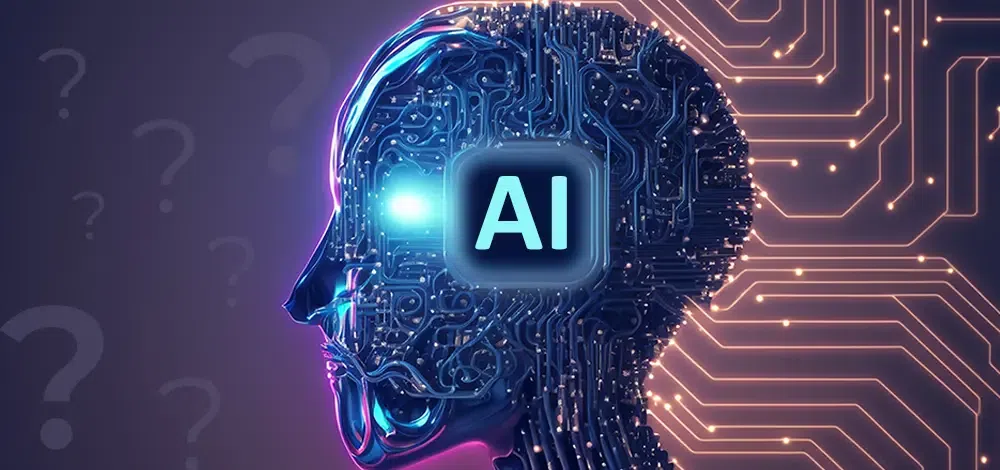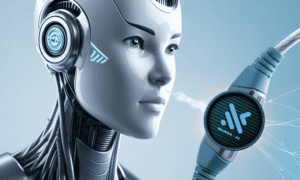In today’s data-driven world, where images play an increasingly important role in communication and information sharing, the demand for image recognition software has skyrocketed. This technology, powered by artificial intelligence, enables computers to analyze and interpret visual data, extracting meaningful insights from images and videos. As the field of image recognition continues to evolve, a plethora of software options has emerged, each offering unique capabilities and catering to specific needs.
Navigating the Image Recognition Landscape
To help you navigate this complex landscape, we’ve embarked on a journey to identify the top image recognition software contenders for 2023. Our evaluation has considered factors such as accuracy, versatility, ease of use, and overall value proposition.
Top Image Recognition Software Solutions
- Google Cloud Vision API:
A powerful and versatile tool, the Google Cloud Vision API excels in image classification, object detection, and optical character recognition. It seamlessly integrates with Google Cloud services, making it a popular choice for businesses already using Google’s cloud infrastructure.
- Amazon Rekognition:
Powered by Amazon’s cutting-edge AI infrastructure, Amazon Rekognition offers a comprehensive suite of image and video analysis tools. Its capabilities include facial recognition, celebrity recognition, and content moderation, making it a valuable tool for security, media, and e-commerce applications.
- Microsoft Azure Computer Vision:
As part of Microsoft’s comprehensive Azure cloud platform, Azure Computer Vision provides accurate image classification, object detection, and facial analysis capabilities. Its integration with other Azure services and its support for various programming languages make it a versatile option.
- Clarifai AI Platform:
Leveraging deep learning, the Clarifai AI Platform excels in image and video tagging, scene recognition, and visual search. Its ability to generate creative text descriptions of images makes it ideal for creative and media-centric applications.
- Imagga:
Known for its user-friendliness and customizable features, Imagga offers a range of image and video analysis tools. Its facial recognition, emotion recognition, and brand detection capabilities cater to a variety of business needs.
Diverse Applications of Image Recognition
Image recognition software has revolutionized various industries, transforming how we interact with and extract information from visual data. Here are a few examples of its applications:
- Retail:
Image recognition is used to automate product identification, enhance customer experiences, and optimize inventory management. For instance, retailers can use image recognition to identify items from customer photos, recommend products based on visual similarity, and track inventory levels through images.
- Healthcare:
Medical image analysis tools assist in diagnosing diseases, identifying anomalies, and improving patient care. Image recognition can be used to detect cancerous cells in medical images, identify abnormalities in X-rays, and guide surgical procedures with real-time image analysis.
- Security:
Facial recognition and object detection algorithms are employed for surveillance, access control, and fraud prevention. In security applications, image recognition can be used to identify individuals in surveillance footage, control access to restricted areas based on facial recognition, and detect suspicious objects or activities.
- Automotive:
Image recognition plays a crucial role in autonomous vehicles, enabling lane departure warnings, traffic sign recognition, and obstacle detection. Autonomous vehicles rely on image recognition to navigate roads, identify traffic signs, and detect potential hazards.
- Agriculture:
Precision agriculture applications utilize image recognition to monitor crop health, detect pests, and optimize irrigation. Farmers can use image recognition to identify areas of the crop that require attention, detect signs of disease or pest infestation, and optimize irrigation patterns based on soil moisture levels.
Future of Image Recognition
The future of image recognition is bright, with exciting advancements expected in the years to come. These advancements will likely include:
- Enhanced accuracy and robustness:
Image recognition models will become increasingly adept at handling complex images and challenging environments. This will allow for more accurate and reliable results in real-world applications.
- Improved real-time performance:
Image recognition algorithms will operate in real time, enabling immediate insights and decision-making. This will be crucial for applications that require instant responses, such as autonomous vehicles and security systems.
- Expanded applications:
Image recognition will permeate even more industries, transforming everyday tasks and unlocking new possibilities. As the technology matures, we can expect to see image recognition integrated into a wide range of devices and applications.
Conclusion
Image recognition software has emerged as a transformative force, revolutionizing the way we interact with and understand visual information. As the technology continues to evolve, we can expect even more groundbreaking advancements, shaping the future of how we see and interact with the world around us.



































